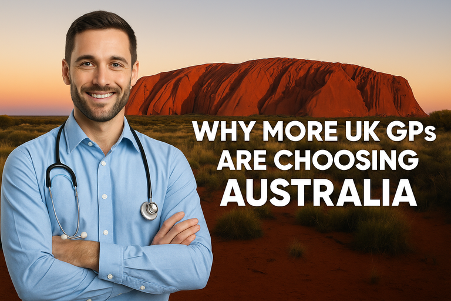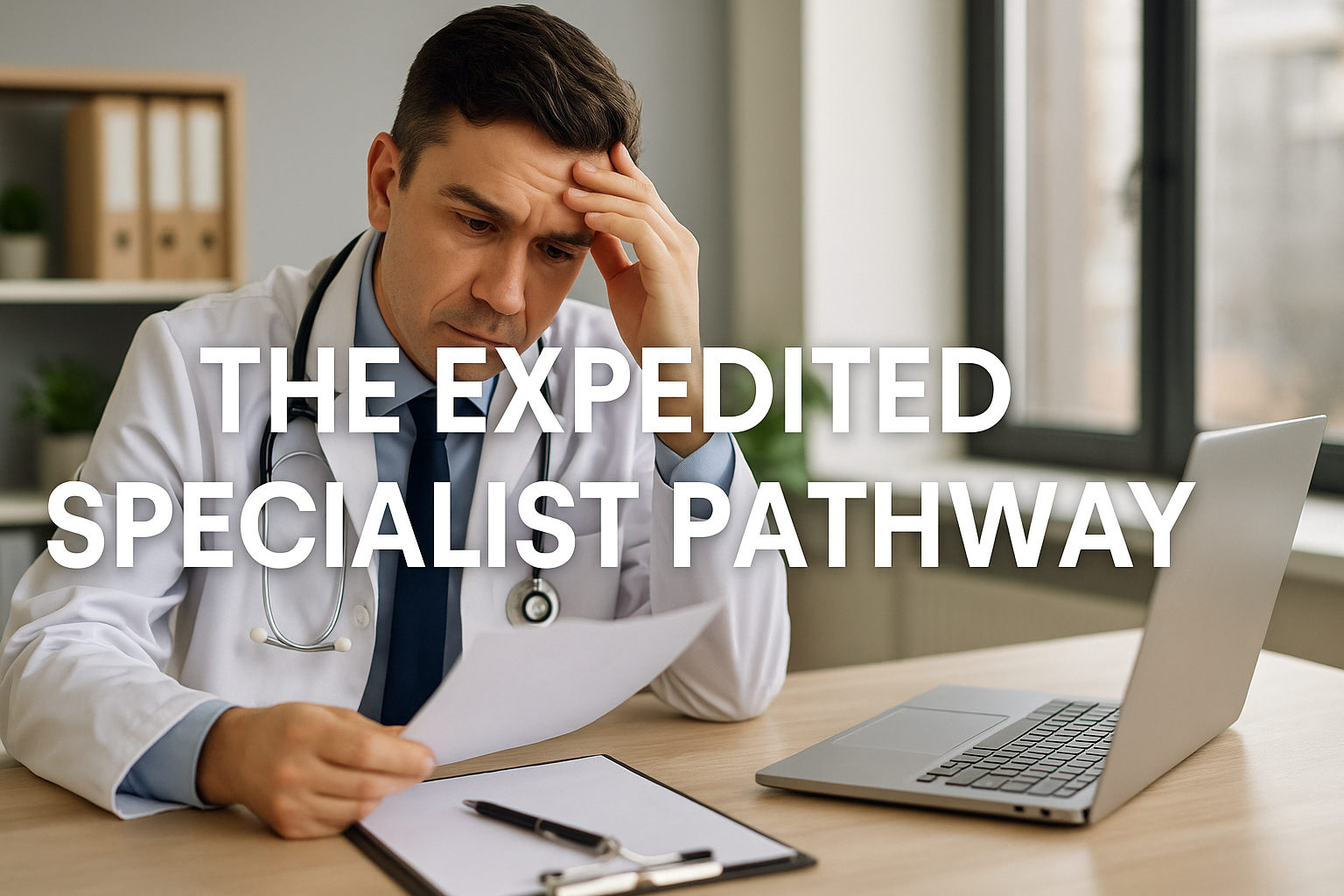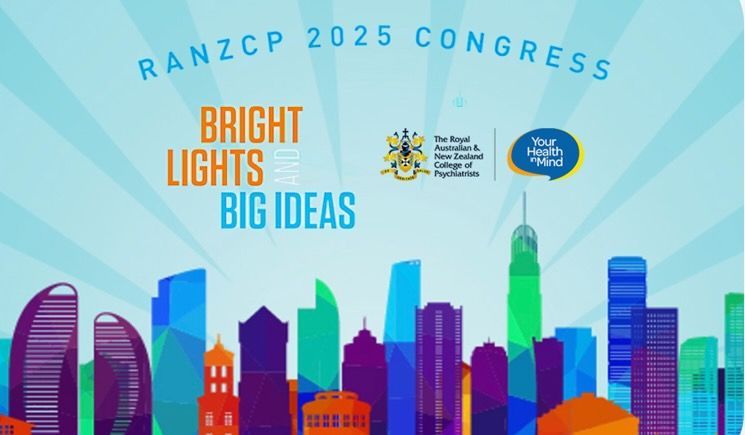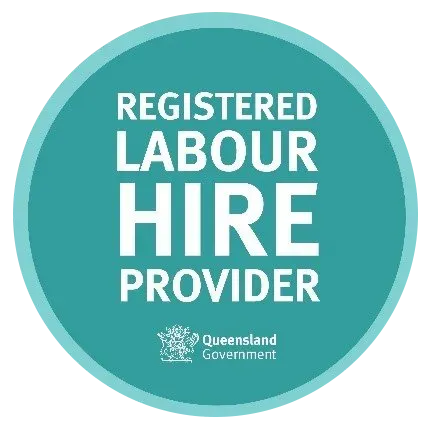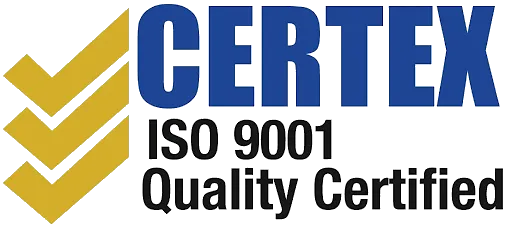A Day in the Life of a Doctor at a Pop-Up COVID Community Testing Station
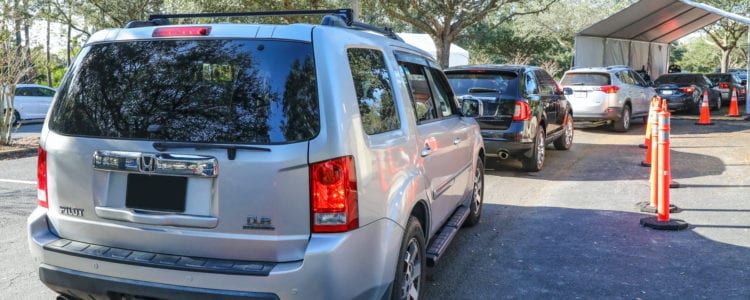
A Day in the Life of a Doctor at a Pop-up Covid Community Testing Station
We dug a little deeper to see what Dr Anna’s day at a pop-up COVID community testing station looks like:
Where are you based?
Community testing means I am often at different COVID testing sites in car parks across Melbourne Metro including MSAC, Darebin etc.
How does your shift start?
The shift often starts in the morning with placing our orders for lunch and snacks (yes lunch and snacks are provided). We then have a handover in the morning and start reviewing patients/cars that come through the drive-through COVID testing centre.
What does the role involve?
The role involves scanning a barcode which the nursing staff have pre-filled, then asking the patients about any covid symptoms. We essentially have to confirm the details that were previously provided and submit the test under our provider number.
How many on the team you work with per COVID testing site?
Often there are around 15-20 people per COVID testing centre I work with.
What support do you have?
There is always a coordinator in charge that you can contact. This is not really like the hospital where you have a senior medical doctor, you just have a support worker to assist with recent guideline changes and answer any questions you might have.
What is wearing full PPE like?
Full PPE is very easy, just a gown, mask, goggles, and gloves. You get used to wearing it all day.
Which PPE items do you have available?
You have all the PPE items available and will wear it the whole shift.
Do you feel that your job is risky?
In the community I do not feel this job is risky given low transmission now, and given the outside dispersion of particles.
What do you enjoy about doing the COVID testing shifts?
This is a relatively easy, social job. It is nice to work with a wide range of people and not have a high stress load for the job.
How satisfied are you with this work?
This is great work, easy to complete, nil stress, and enjoyable.
Have you dealt with any positive patients so far?
Not that I am aware of. On the days that I test, I often check the next day to see if we have had positive cases. So far on the shifts that I have worked I do not believe I have come across any.
Any advice for other doctors thinking of doing COVID testing work?
It is a great job to do in your free time. Just ensure you wear the PPE correctly.
Thank you for sharing your experiences Anna! If you are a doctor based in Victoria with General Registration who may be interested in this type of COVID community testing work, please contact Justine Tasker at Medipeople today via justine.t@medipeople.com.au!
